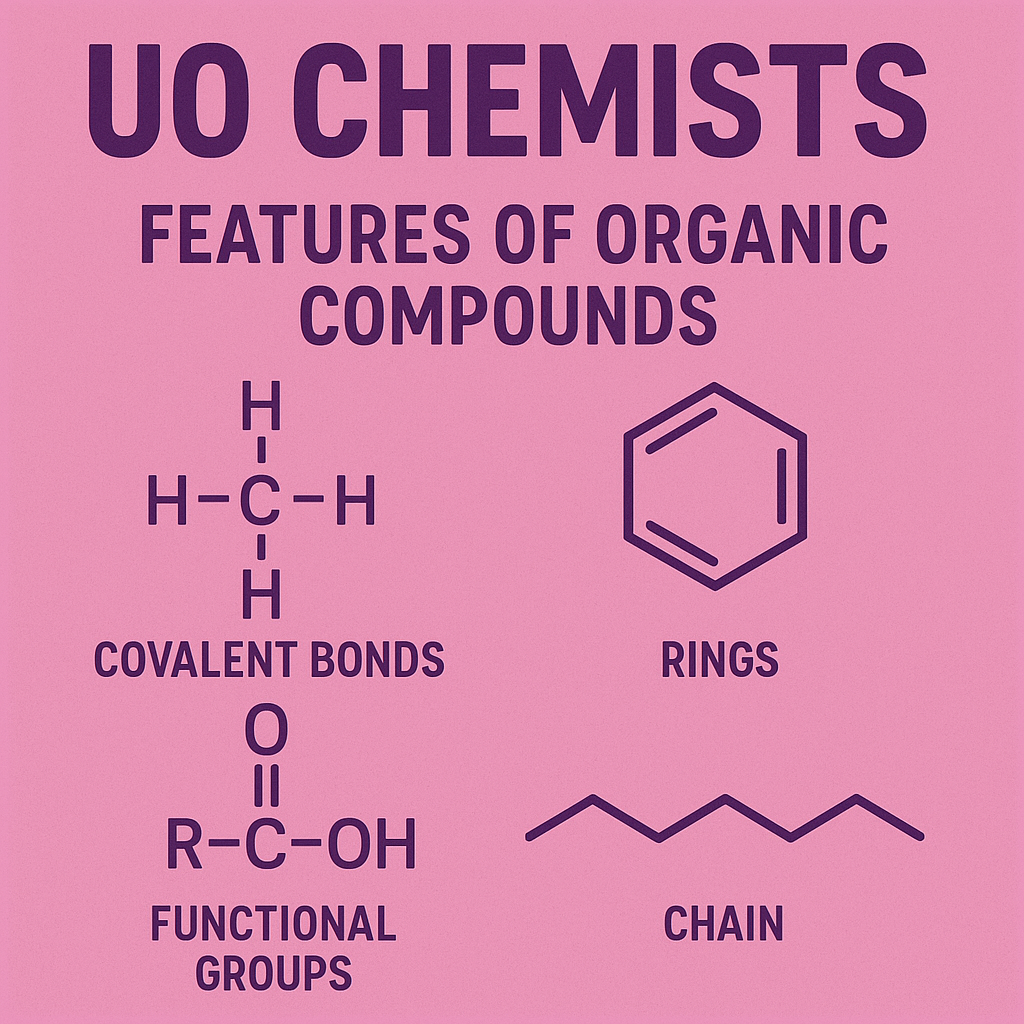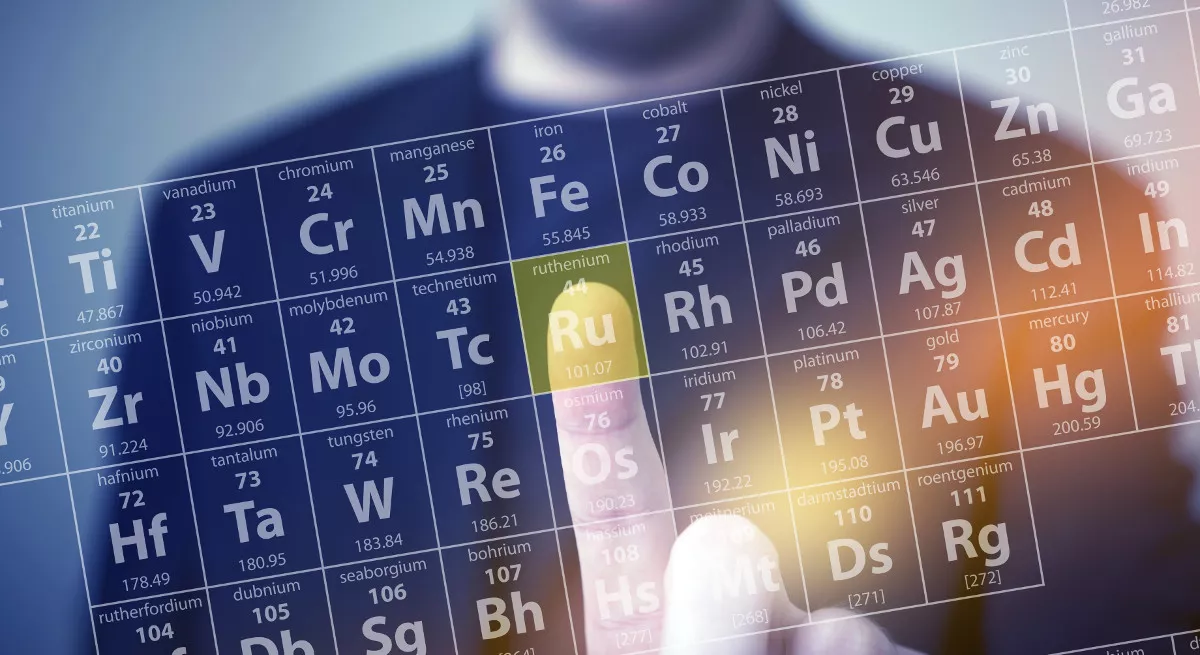
Some features of organic compounds are discussed as follows:
Catenation (Self-Linkage)
Tetravalent carbon forms a large number of compounds. The main reason for such a large number of compounds is their unique linkage property with other carbon atoms to form long chains or rings. This self-linking property of carbon is called catenation. Catenation is the linkage of atoms of the same element into longer chains or rings. (The property of self-linking of a component ( e.g., carbon) to form a long chain by binding with another element). For example:
(CH₂)₆ ⟶ C₆H₁₂ (Cyclohexane)
Carbon also forms stable single and multiple bonds with other atoms like oxygen, nitrogen and sulphur, etc.
Non-ionic Character of Organic Compounds
Organic compounds are generally covalent compounds because they contain carbon. Carbon forms bonds by sharing; therefore, it does not give ionic reactions.
Similarity in Behaviour
There exists a close relationship between different organic compounds. This is exemplified by the existence of homologous series. This similarity in behaviour has reduced the study of millions of compounds to only a few homologous series.
Complexity of Structures in Organic Compounds
Organic molecules are usually large and structurally more complex. e.g.
- Starch has the formula (C₆H₁₀O₅)ₙ, where n may be several thousand.
- Proteins are very complex molecules, having molecular masses ranging from a few thousand to a million.
Isomerism
Compounds having the same molecular formula but different structural formulas and properties are called isomers, and the phenomenon is called isomerism. Organic compounds have covalent bonds, which are rigid and directional, so they exhibit ( show) isomerism.
Rates of Organic Reactions
The reactions of organic compounds are slow, and in general, the yields are low. The low rate of organic reactions is due to the molecular nature of organic compounds.
Solubility
Most organic compounds are insoluble in water and dissolve readily in non-polar organic solvents like benzene, petroleum ether, etc.
conclusion
Organic compounds, characterised by the presence of carbon, exhibit diverse features including covalent bonding, varied solubility, and unique physical and chemical properties. These compounds are fundamental to life, forming the building blocks of living organisms and playing crucial roles in biological processes and various materials.


